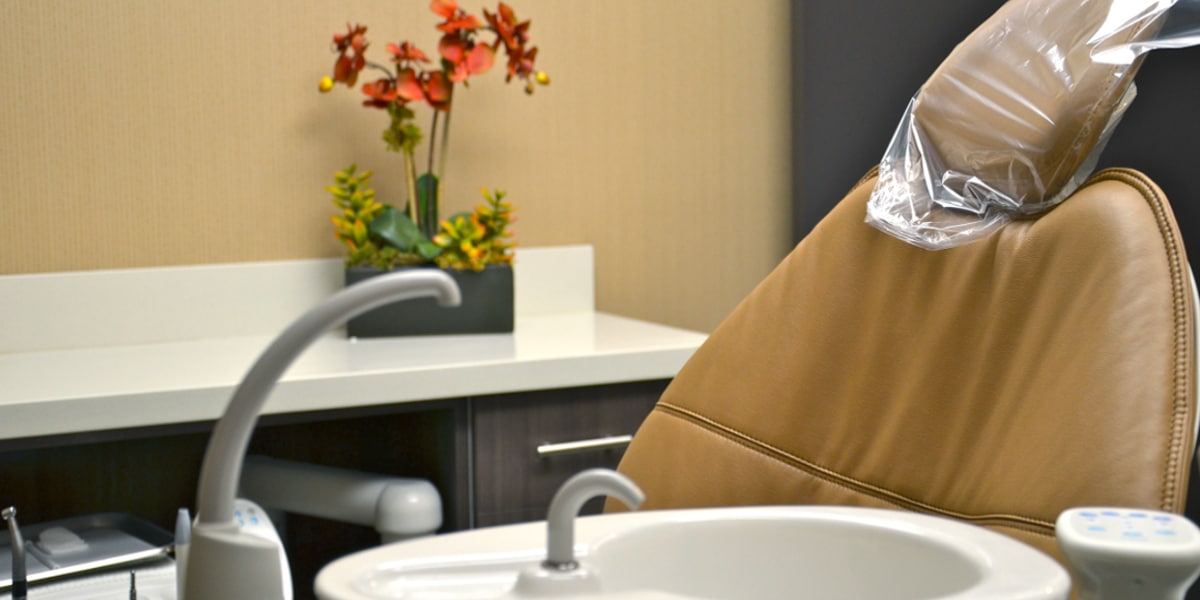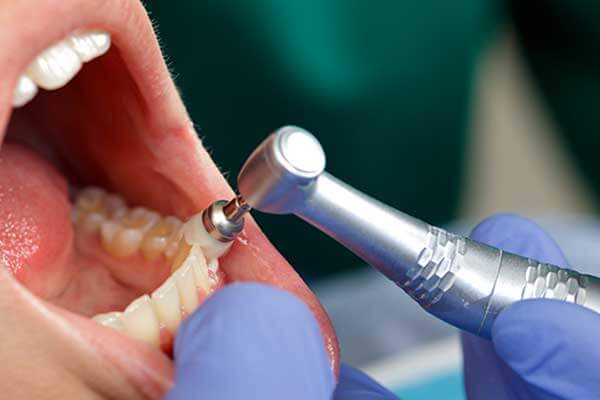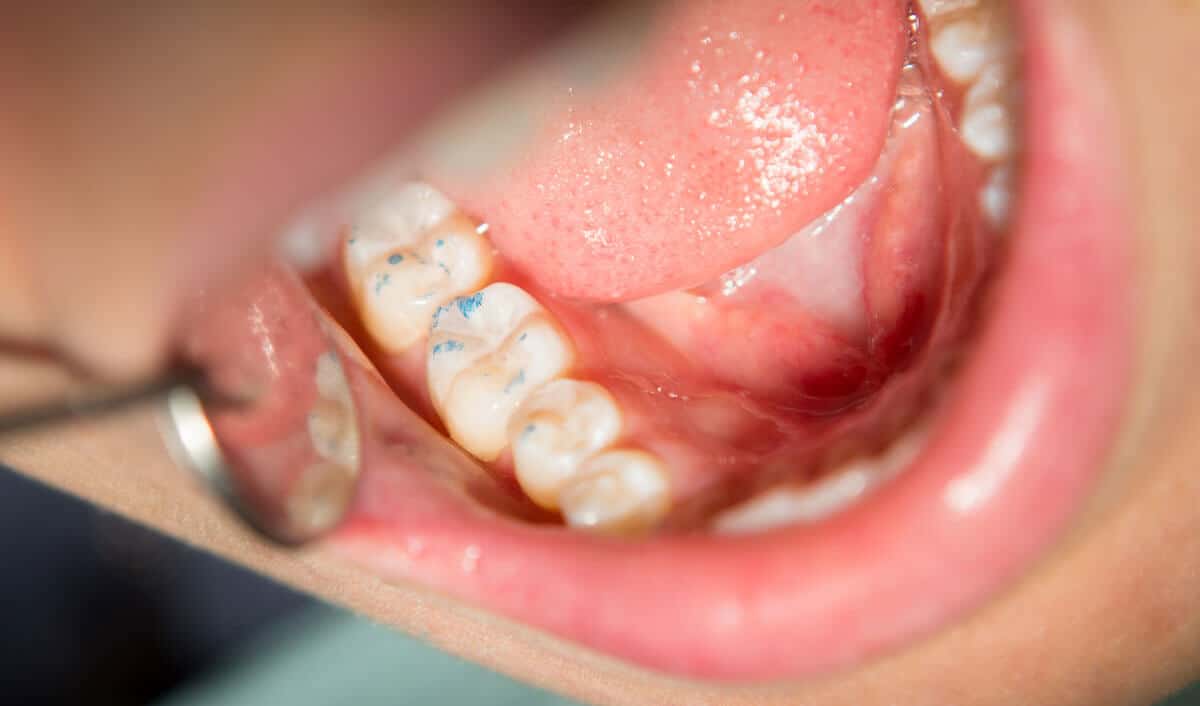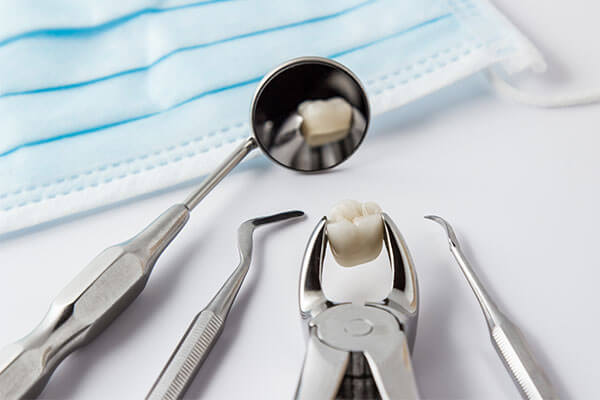General Dentistry

Maintaining oral health includes good home care and regular visits to our office for preventive care, which includes oral examinations and cleanings. Comprehensive examinations of the mouth, teeth, surrounding gum tissues, and supporting bone structures help with early detection and treatment of problematic conditions.
Comprehensive Evaluation / Oral Examination
An oral examination is a visual inspection of the mouth, head, and neck, performed to detect abnormalities. Radiographs allow for a more complete examination, helping the doctor to detect cavities, problems in existing dental restorations, gum and bone recession or other abnormal conditions within the mouth, head and neck area.
Dental Hygiene & Periodontal Care

Regular dental cleanings, also known as oral prophylaxis, remove built-up dental plaque and tartar (calculus) from the teeth. Our highly skilled dental hygienists are trained to use specialized instruments to gently remove these deposits without harming the teeth.
Occlusal Adjustment

Dr. Roz trained at the prestigious Pankey Institute to become skilled in treating dental occlusion. Using extensive tests and a comprehensive examination, Dr. Roz can identify and then treat problems related to TMJ and bruxism through the use of custom oral appliances that can help alleviate stress on the temporomandibular joint caused by clenching or grinding of the teeth.
Scaling and Root Planing
Scaling and root planing is a non-surgical procedure used to treat gum disease. During the scaling process, specialized dental instruments are used to remove dental plaque and calculus from beneath the gums. Planing is the procedure used to smooth the tooth roots after the scaling process. Root planing helps the gums heal and reattach themselves to a cleaner and smoother root surface.
Extractions

A tooth that can not be saved with restorative procedures may need to be removed. Before removal of the tooth, the area will be numbed with anesthesia. The tooth is loosened from the jawbone and surrounding ligaments and tissues with a gentle rocking motion. Once it is loose, it is gently removed. Stitches may be necessary after the removal of a tooth.
